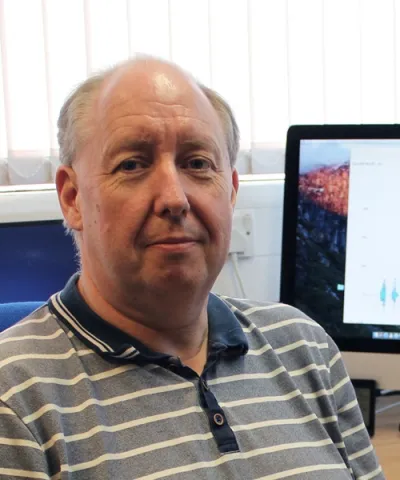About the project
When viewed through hard X-ray instruments, the sky gives an ever-changing view of the most energetic and explosive processes in the universe. Two instruments – the IBIS telescope on the INTEGRAL satellite and the BAT telescope on the Swift satellite have been studying the hard X-ray sky for 20 years and have built a huge archive of observations.
The goal of this project is to combine these two complementary datasets to make the most sensitive map of the hard X-ray sky ever produced. To do this will require new techniques to search for the faintest sources (these tell us about the object populations) and the bright but short-lived transient events that signal key events in the lifetimes of individual galaxies and stellar systems. The INTEGRAL and Swift archive contain 1000s (maybe much more) of events such as Supernovae, Black Hole Novae, Tidal Disruption Events, Gamma-Ray Bursts, Soft Gamma Repeaters coming from black holes, neutron stars and white dwarfs.
Once the datasets are combined, this project will develop and deploy new machine learning tools to search for transient events and improve the sensitivity to faint persistent sources. This is the first step towards a catalogue of sources that scientists will use for decades to come. Beyond a list of sources, the survey will produce high-level data products such as spectra and light curves to see how the sources have evolved over two decades.
The student will be based in Southampton but will work with astronomers from the INTEGRAL instrument team (based in Rome and Bologna) and scientists from the European Space Agency.
As well as working together with an international team to create the definitive catalogue of hard X-ray sources, the student will also have access to the full dataset to develop a specialisation in the analysis of the object(s) of their choice – X-ray binaries, AGN, CVs – whatever interests them.
